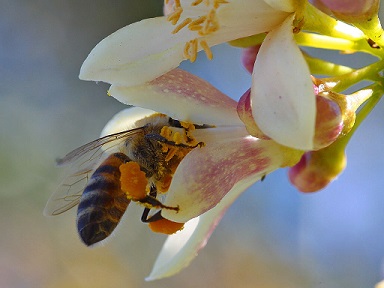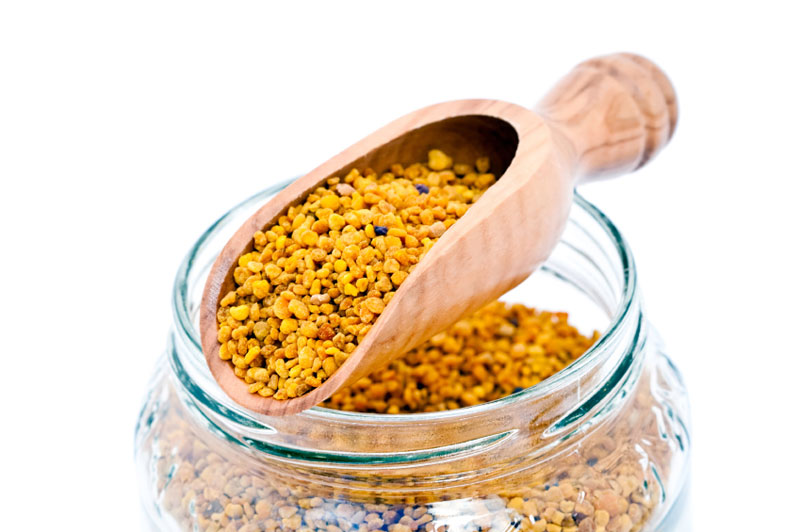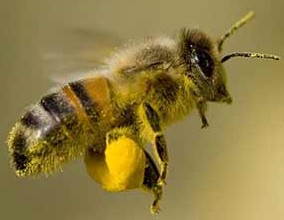BEE POLLEN
What is bee pollen and how is it collected.
Pollen is the male part of the flower and is necessary for the fertilization of the plant and continuation of the species.
Honey bees fill their pollen baskets (one on each rear leg), with pollen grains on every flight to and fro from the hive. Pollen is like a fine dust and is mixed with honey by the bees for transportation. The bees pass through a screen in the pollen trap as they enter the hive, resulting in about 60% of the pollen granules being brushed into a pollen drawer, which is removed after a few hours by the beekeeper. It is screened to remove any debris, dehydrated and then frozen to preserve its freshness.
The honey bee instinctively collects only the freshest and most potent pollen available. Depending on the floral source, the color of pollen can vary as well as the taste.
For centuries, pollen has been valued in many parts of the world for its medicinal uses. Many vegetarians and athletes enjoy it for its high protein content, providing athletes faster recovery after stressed performance, allergies, skin maladies, stamina, immune health and constipation.
It is abundant in vitamins (A, B1, B2, B12, B complex, C and E), minerals, proteins, amino acids and trace elements. Take 1-2 teaspoons daily. Consult with doctor as necessary.
Serving suggestions: sprinkle on toast, English muffins, stir in yogurts, smoothies or cold cereals.
Best stored in cool dry place for longer shelf life.



